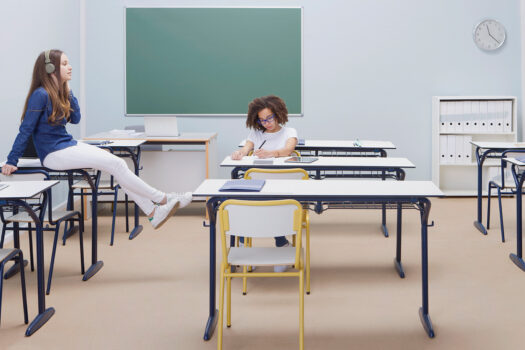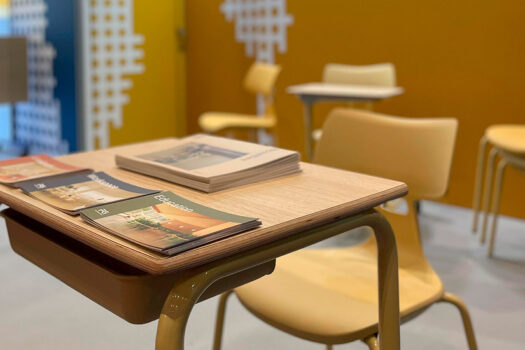Educational innovation is not a matter of geographies or specific borders. That’s why we want to bring you innovative educational projects that can serve as inspiration and a reference for designing the classrooms of the future.
First, we travel to Copenhagen with two proposals. The public school South Harbour School and the high school Ørestad Gymnasium, which, with their design of open, flexible, and functional spaces, continue to receive recognition.
As for the school, designed by the Danish JJW Architects, it was the winner in the Education category of the latest edition of the World Architecture News Awards.
Horizontal and vertical connections characterize this project, which aims to boost creativity and experimentation from all its users, while promoting both learning and leisure.
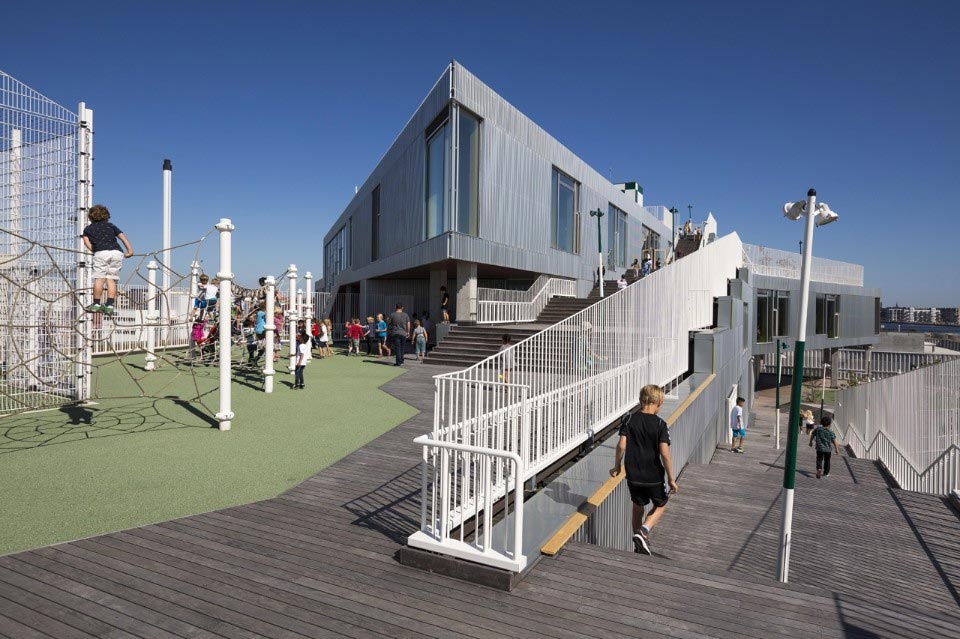
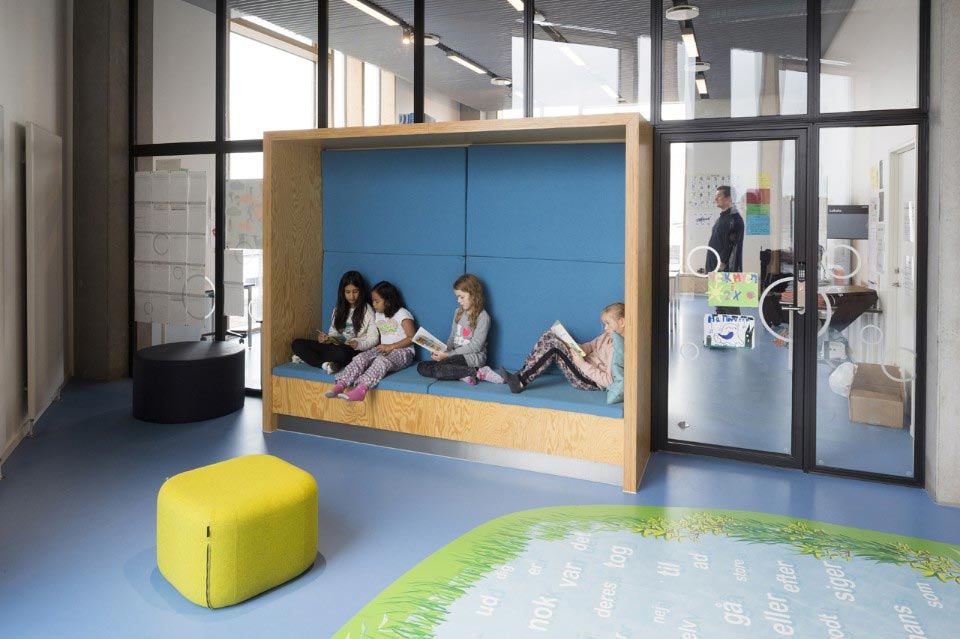

For its part, the secondary school Ørestad Gymnasium is part of the list of the most innovative schools in the world according to educator, psychologist, and researcher Alfredo Hernando, who spent nine months traveling through countries analyzing and identifying the most innovative educational projects. At Ørestad Gymnasium, both the building, its interior design, and its furniture are focused on promoting a structured and flexible use of different learning environments that facilitate visibility and communication.
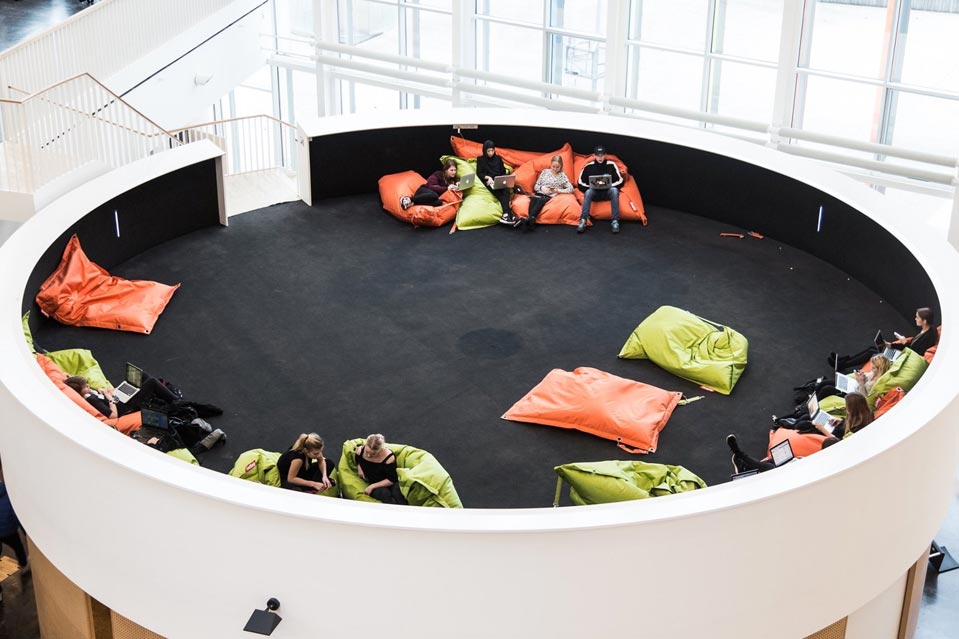
In Alfredo Hernando’s reflections, we also discover the concept of ‘superclassrooms’ through the experience of a school in Sydney (Australia). These are large spaces where a hundred students work in groups of two or three, autonomously, under the guidance of teachers. Tables, chairs, sofas, and even the floor itself serve as their learning surfaces.
But because it’s not always necessary to look far to discover examples of educational innovation through furniture, we wanted to highlight the experience of the El Clot school in Barcelona. Bleachers that serve as lockers, chairs and tables configured for group work, and attractive colors that stimulate imagination are some of the innovations introduced by this school in some of its classrooms – 120 square meters with transparent doors and walls – and they hope to expand them to other spaces, year by year. In the following video, you can discover more details:
With the aim of addressing the educational needs of teaching in the 21st century, Federico Giner is finalizing a new line of furniture in collaboration with Alegre Design, leveraging this brand’s century-old experience in the school segment while incorporating the latest innovations in security, quality, flexibility, ergonomics, and adaptability to both new technologies and the ever-changing requirements of the classroom, which can vary for each activity or project.


